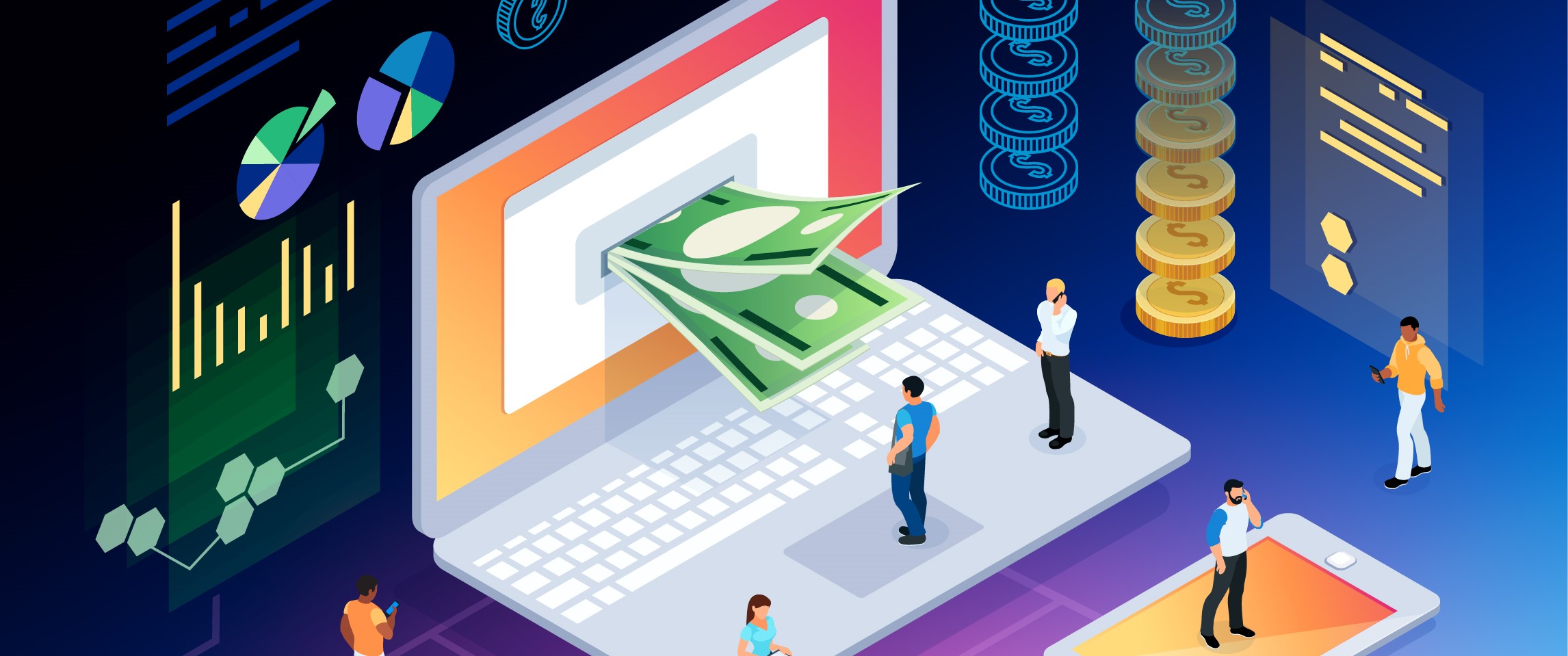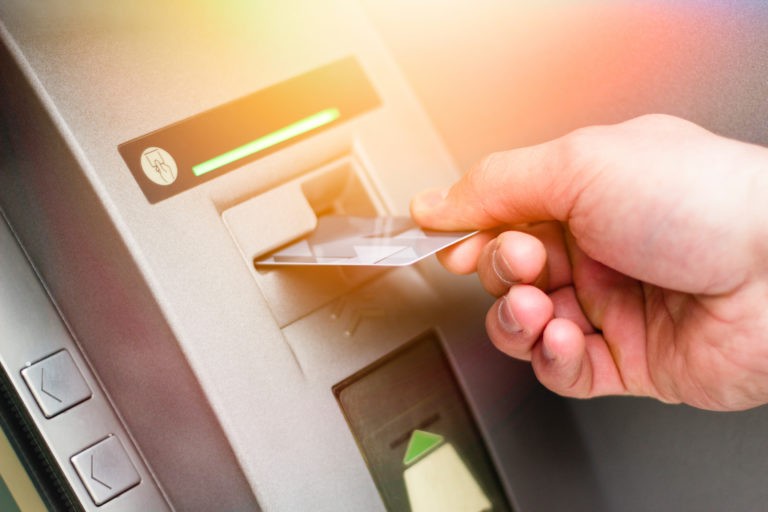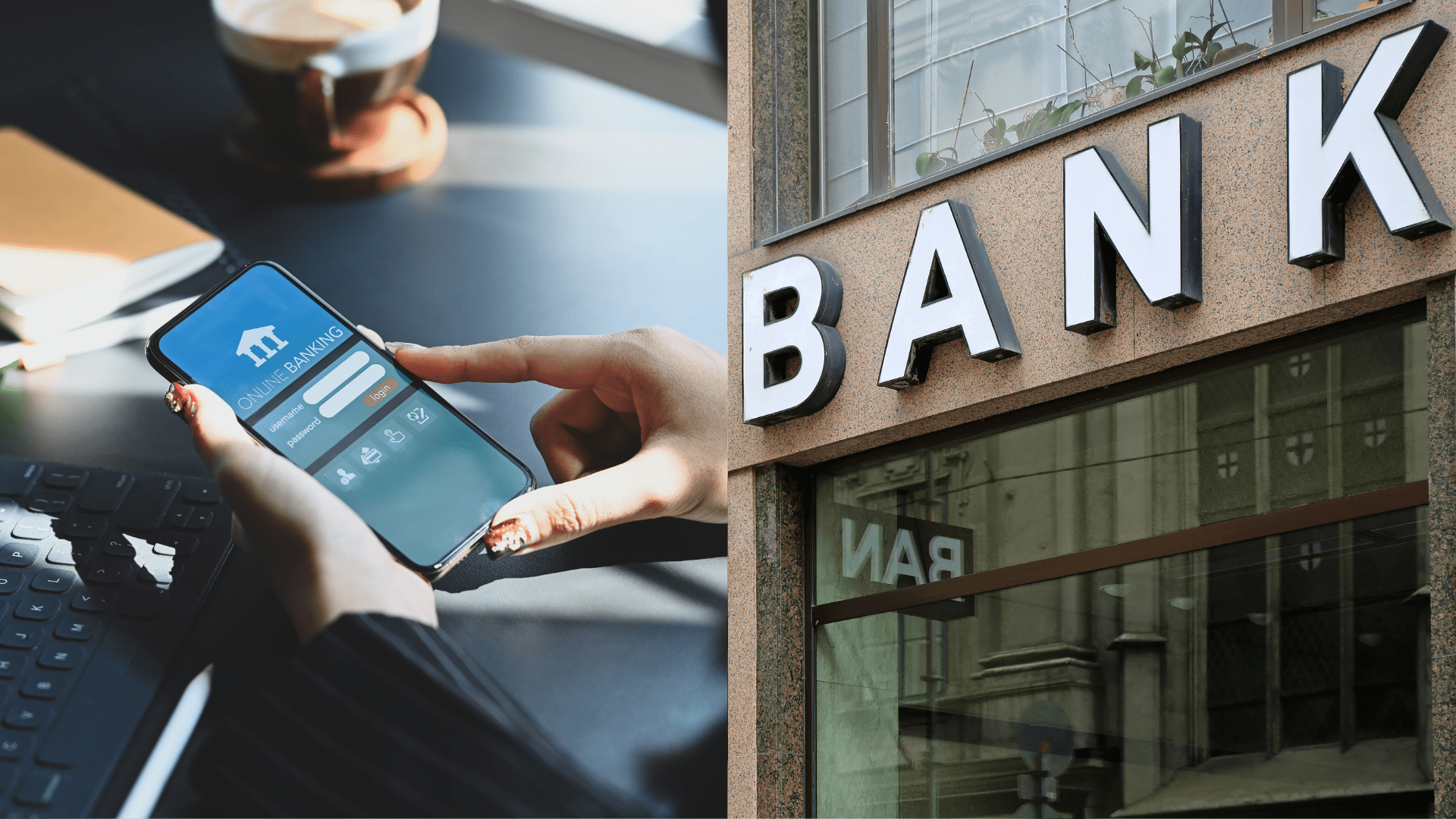Blockchain technology has made a significant impact in various industries, and online banking is no exception. Originally associated with cryptocurrencies like Bitcoin, blockchain offers more than just a foundation for digital currencies—it holds the potential to revolutionize how online banking systems operate. In this post, we’ll explore the role of blockchain in online banking and look ahead at what the future may hold.
What Is Blockchain?
Before diving into its role in online banking, let’s quickly review what blockchain is. Blockchain is a decentralized, distributed ledger system that records transactions across multiple computers. Each “block” contains data, such as transaction information, and is linked to the previous block, creating a secure, immutable chain. Because the ledger is distributed, it is nearly impossible to alter or tamper with the information, offering unmatched security and transparency.
Key Features of Blockchain:
- Decentralization: No central authority controls the blockchain, which makes it less vulnerable to manipulation.
- Transparency: Transactions on the blockchain are visible to all participants, creating an open record of actions.
- Security: Blockchain uses cryptography to secure data, making it difficult for hackers to alter or falsify information.
Blockchain’s Impact on Online Banking
Online banking involves several key services such as payments, loans, and fraud prevention. Blockchain can enhance each of these services, providing faster, more secure, and more transparent solutions. Here’s how:
1. Faster and Cheaper Payments
One of the most immediate benefits of blockchain in online banking is its ability to facilitate faster and cheaper payments, both domestically and internationally. Traditional banking systems rely on intermediaries such as banks or clearinghouses to process transactions, which can take several days and incur high fees.
- Reduced Intermediaries: Blockchain enables peer-to-peer (P2P) transactions without needing intermediaries, cutting down processing times from days to minutes.
- Lower Transaction Costs: Without banks or third parties taking a cut, blockchain transactions often incur lower fees, making it an attractive option for both banks and customers.
2. Enhanced Security and Fraud Prevention
Security is a critical concern in online banking. Fraud, identity theft, and cyberattacks cost the global economy billions each year. Blockchain offers a solution by providing a secure, transparent, and tamper-proof system for recording transactions.
- Immutable Records: Once data is recorded on a blockchain, it cannot be altered or deleted, making fraudulent activities nearly impossible.
- Encrypted Transactions: Blockchain transactions use strong encryption, ensuring that sensitive financial information remains secure and confidential.
- Real-Time Monitoring: Blockchain allows for real-time tracking of transactions, helping to quickly detect and prevent fraudulent activities.
3. Improved Loan and Credit Processes
Blockchain can streamline the loan and credit application process by improving transparency and trust. In traditional systems, lending involves a lot of paperwork, intermediaries, and delays. Blockchain can simplify this by providing a transparent, real-time view of a borrower’s credit history and financial activity.
- Faster Loan Approvals: With blockchain, financial institutions can quickly access a borrower’s transaction history and assess creditworthiness without relying on external credit agencies.
- Smart Contracts: Blockchain enables the use of smart contracts, which are self-executing contracts with terms directly written into code. These contracts can automate loan agreements, making the process more efficient and reducing human error.
4. Cross-Border Payments
Cross-border payments have historically been expensive, slow, and complicated due to the involvement of multiple banks and financial institutions. Blockchain has the potential to make international transactions faster, cheaper, and more transparent.
- Lower Cross-Border Fees: Blockchain removes the need for third-party banks in cross-border transactions, which can drastically lower fees and speed up the process.
- Faster Settlement Times: Traditional cross-border payments can take several days to settle. Blockchain can reduce this time to just a few minutes, offering a quicker and more efficient option for businesses and consumers.
What’s Next for Blockchain in Online Banking?
As blockchain continues to evolve, the role it plays in online banking will expand. The technology’s potential to transform the financial landscape is still being explored, but here are some trends to watch for in the coming years:
1. Central Bank Digital Currencies (CBDCs)
Central banks around the world are exploring the use of blockchain to issue digital currencies. These digital currencies, known as Central Bank Digital Currencies (CBDCs), would be government-backed and could provide an alternative to cryptocurrencies like Bitcoin.
- Government-Supported Digital Currencies: CBDCs would combine the benefits of blockchain technology, such as security and efficiency, with the stability of traditional currencies.
- Faster, More Efficient Payments: CBDCs could reduce the cost and time associated with traditional payment systems, offering consumers and businesses a more efficient way to transfer money.
2. Decentralized Finance (DeFi)
Decentralized Finance, or DeFi, is a movement that uses blockchain to offer financial services without relying on centralized financial institutions. Through DeFi, users can access services such as lending, borrowing, and trading directly on the blockchain, bypassing traditional banks and brokers.
- Peer-to-Peer Transactions: DeFi platforms use blockchain to create P2P financial networks that operate without intermediaries, allowing users to transact directly with one another.
- Innovative Financial Products: DeFi is creating new, innovative financial products, such as decentralized loans, insurance, and savings programs, all powered by blockchain.
3. Blockchain-Based Identity Verification
One of the challenges of online banking is ensuring the identity of users. Blockchain could play a key role in improving identity verification processes, making it easier and more secure for banks to authenticate customers.
- Self-Sovereign Identity: Blockchain can allow users to control their identity, storing all personal information on a secure ledger. This reduces the risk of identity theft and makes the verification process faster.
- Secure KYC (Know Your Customer) Procedures: Banks can use blockchain to store KYC data in a secure, immutable format, speeding up the onboarding process while reducing the risk of fraud.
4. Smart Contracts for Real-Time Banking
Smart contracts are already being explored for use in loans, mortgages, and other financial products. These self-executing contracts could automate a wide range of banking operations, reducing the need for manual intervention and increasing efficiency.
- Automated Processes: Smart contracts can automatically execute loan agreements, payment schedules, or investment plans, reducing the time and resources required to manage these processes.
- Cost Savings: With fewer manual processes, banks can cut operational costs, potentially passing those savings on to customers.
5. Blockchain in Supply Chain and Trade Finance
Banks are also exploring the use of blockchain in trade finance and supply chain management. By using blockchain to track goods and payments along the supply chain, banks can ensure more transparent and efficient cross-border trade.
- Transparency and Efficiency: Blockchain can provide real-time tracking of goods, making it easier for banks to verify transactions and ensure payment security.
- Faster Transactions: By reducing paperwork and intermediaries, blockchain can speed up the settlement of trade finance transactions, offering businesses faster access to funds.
Challenges and Considerations
While blockchain offers numerous benefits for online banking, several challenges remain. These include regulatory issues, scalability concerns, and the need for widespread adoption.
1. Regulatory Compliance
As blockchain continues to gain traction in banking, regulators will need to establish clear guidelines for its use. Banks and financial institutions must ensure that their blockchain-based systems comply with local and international regulations.
- Global Standards: Governments and regulatory bodies will need to work together to create global standards for blockchain in the financial sector.
- Anti-Money Laundering (AML) and Know Your Customer (KYC): Blockchain-based systems must comply with AML and KYC regulations, which require banks to verify the identity of their customers and monitor transactions for suspicious activity.
2. Scalability Issues
Blockchain technology, particularly in public networks like Ethereum, faces challenges in scalability. As the number of transactions grows, blockchain systems can become slower and more expensive to operate.
- Improving Blockchain Networks: Developers are working to improve the scalability of blockchain networks, making them faster and more cost-effective for use in online banking.
3. Integration with Legacy Systems
Many banks rely on legacy systems that are not designed to work with blockchain. Integrating blockchain with these systems can be a complex and costly process, which may delay the widespread adoption of blockchain in banking.
- Upgrade Infrastructure: Banks will need to upgrade their infrastructure and invest in technology that allows them to seamlessly integrate blockchain into their existing systems.
Conclusion
Blockchain has the potential to revolutionize online banking by offering faster, more secure, and more efficient financial services. From reducing payment costs to improving fraud prevention and simplifying loan processes, blockchain’s impact is already being felt across the industry. As technology continues to evolve, innovations like Central Bank Digital Currencies (CBDCs), decentralized finance, and smart contracts will further transform the banking landscape. While challenges remain, the future of blockchain in online banking looks promising, and its continued development will likely shape the future of finance for years to come.





